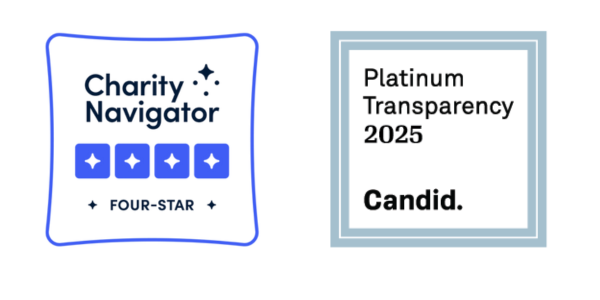One of the many educational success stories during the Covid-19 crisis has unfolded daily during this time of long-distance learning. It takes place on computer screens throughout Pinellas County as part of an exciting new literacy journey known as Reading Recovery, a program of the Pinellas Education Foundation in collaboration with Pinellas County Schools.
Even amid the obstacles and interruptions, Reading Recovery, a 1:1 literacy intervention program launched in Pinellas this year, has continued to connect teachers and low-achieving first graders in dire need of a reading intervention – without breaking stride.
“One of the powers of Reading Recovery is the one-to-one system we use with teacher and student, so obviously one of the biggest challenges we faced in March was how do we continue that in a virtual world?” said Michael Feeney, Executive Director of Elementary Education for Pinellas County Schools.
One of the first steps was to get permission from participating families to utilize the webcams on their computers in Microsoft Team video chats – a feature that was not allowed previously chiefly for privacy considerations. Once that happened, the program quickly picked up where it left off – aided by the Pinellas Education Foundation’s purchase of broadband devices for families in need of high-speed Internet, made possible by a
$150,000 gift from the Tampa Bay Resiliency Fund.
“I think between the hotspots provided by the Foundation – as well as the technology we handed out to families – allowed us to get the majority of our students set,” Feeney said. “There have only been a handful of students not engaging, and that may be due to families moving or other challenges. But for the majority of them, through the support of the Foundation, we’ve been able to make sure that everybody has the resources they need to keep going.”
Feeney is proud of how well the acclaimed program, employed in the United States since 1984, has maintained its momentum in the midst of national emergency.
“Certainly not being able to be there side by side loses some of the power, but the students are still in theory sitting across from their teachers – albeit through a computer,” Feeney explains. “The platform allows teachers to share their screens, so if they’re using an electronic book or a PDF, they can talk through that process and highlight key aspects just as the same as if they were sitting next to one another.”
The work is vital and highly impactful. Reading Recovery helps struggling students reach grade proficiency, before falling further and possibly irretrievably behind. The 12 participating schools have some of the district’s largest populations of low-income students, many of whom start school not ready for kindergarten. Studies show that by the time they reach first grade they are already behind in their reading ability.
Pinellas County Schools examined schools in need of the greatest help and decided to begin Reading Recovery as a pilot program, providing the resources and training to give a cohort of teachers the knowledge they needed to put the program into action.
The program made its debut in the district in 2019-20, with two teachers at each of the 12 targeted schools, working with students having the greatest difficulties. The work takes place in daily, 30-minute sessions over a period of 12-20 weeks. When a student achieves grade-level reading proficiency, and can read grade-level text independently, that child moves into a small, teacher-led reading group and a new student joins the program for one-on-one instruction.
As the pandemic began to take hold in the country in March, Feeney met with his Reading Recovery team. “We knew we were going to go virtual during spring break, and we brainstormed about how we were going to make this work,” he said. “We did not miss a beat.” Immediately after the break, teachers and students began having conversations online about how they would continue working – and the reading commenced.
How has the program fared during the shutdown?
“One of the nice things is that the teachers have not only worked with their new students, but also picked up students who were initially released after Round One to provide additional support,” Feeney said. “So they’ve really gone above and beyond in supporting kids.”
But there’s another measure of success in Feeney’s mind as well. ““What I can tell you,” he says, “is that the students who’ve been involved in Reading Recovery have shown more growth than those who were in a regular intervention.” And that is true teaching in person – or online.

